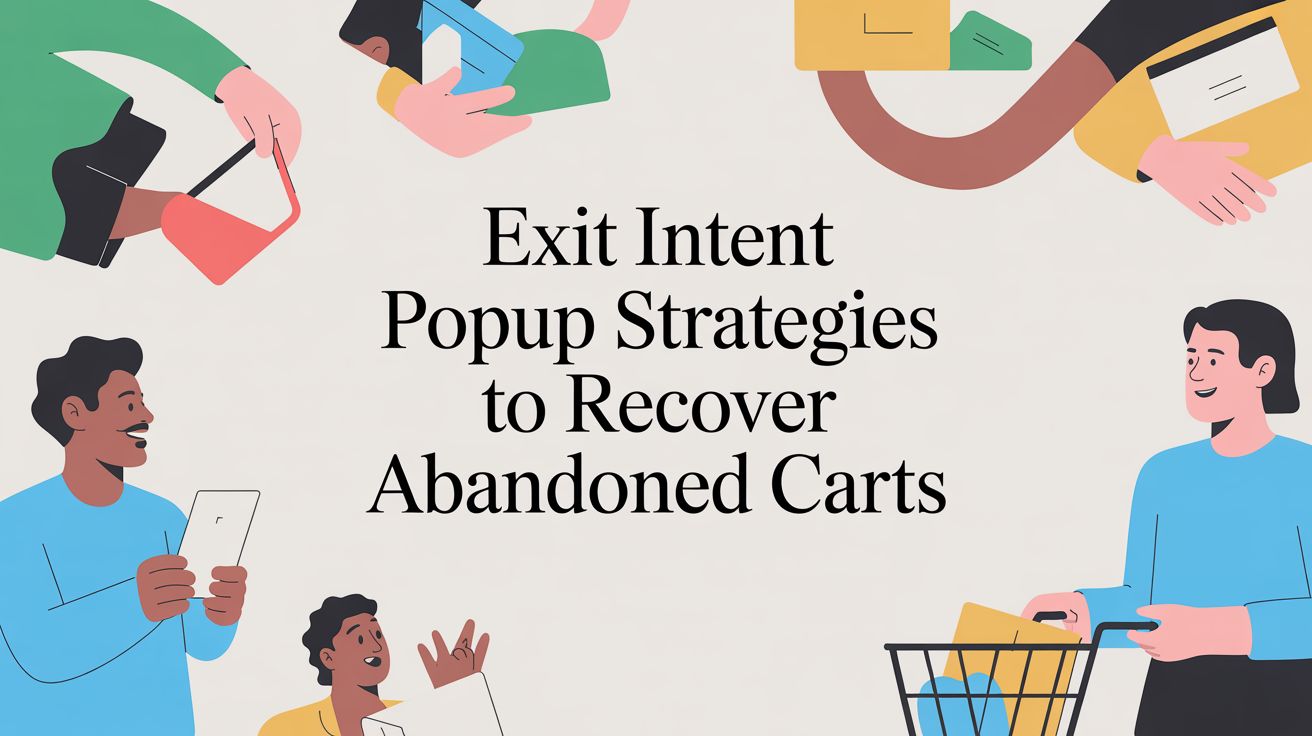
The basics of consumer gamification

We’ll let you in on a little secret: Shopping isn't all about buying products or getting service from brands. Consumers want to have fun too.
The shopping experience has taken on many forms since its start in early history, and its evolution has welcomed brands and customers who desire an interactive, variety-filled marketplace. The solution is known as consumer gamification, and it's taking over modern B2C marketing.
To break down this concept, we’ve created this blog post to discuss what gamification is, why it's beneficial to your brand and how you can use it to reach your marketing goals.
What is gamification?
Gamification is the process of implementing game-like tactics (competition, levels, points, teams, rules, etc.) into traditionally non-gamified arenas like marketing to encourage a more playful atmosphere. Brands use it to encourage higher engagement in current and potential customers by rewarding them with incentives as they advance in the customer journey.
Why is gamification used in marketing?
Customer engagement is a priority for many brands, and gamification offers an opportunity for brands to create a marketing strategy that encourages just that.
Cutting through the noise is more important than ever. Consumers are constantly inundated with marketing messages and are well aware that they are the prize — brands want the attention of consumers, not the other way around. Gamification gives consumers something to look forward to; they have a goal in mind (a certain number of points to achieve, a specific level they want to get to), which encourages anticipation and excitement around your brand and its marketing messages.
When consumers are rewarded for their loyalty, participation, brand advocacy and overall engagement, those actions get positively reinforced. Gamification further increases consumers’ desire to share their experiences with friends and family, heightening brand awareness and strengthening customer relationships.
How can you implement gamification into your marketing?
We know that humans have an innate desire to compete. It fuels our survival instincts and gives us something to immerse ourselves in. And our love for playful competition spans far beyond soccer fields and baseball mounds — it also occurs in mobile apps and checkout lines.
Gamification in marketing doesn't mean that you’ll be creating an actual game for customers to play. All you need to do is include the elements of one in your marketing.
Let’s say you have a mobile app based on a point system. Every action that takes place on the mobile app results in redeemable points users can cash in to get prizes like discounts or exclusive access to brand products. The more CTAs they complete, the more points they score.
Mobile app marketing isn’t the only way you can implement gamification into your brand strategies. You can combine it with your other marketing channels to accomplish goals around social media marketing, email conversions and more.
In addition to points, gamification elements like progress bars, levels or tiers, and badges also add to the fun and allow customers to see how well they’re doing. The goal is to keep things light and entertaining, so the stakes should be just high enough to engage customers, but not so high that winning seems unattainable.
Gamification adds an element of fun and excitement into traditional marketing strategies to keep things interesting. It promotes your brand while stimulating natural curiosity and entertaining customers.

Lindsay Keener is a brand journalist for Quikly. She covers stories that help to inform and educate consumer-facing marketers.

